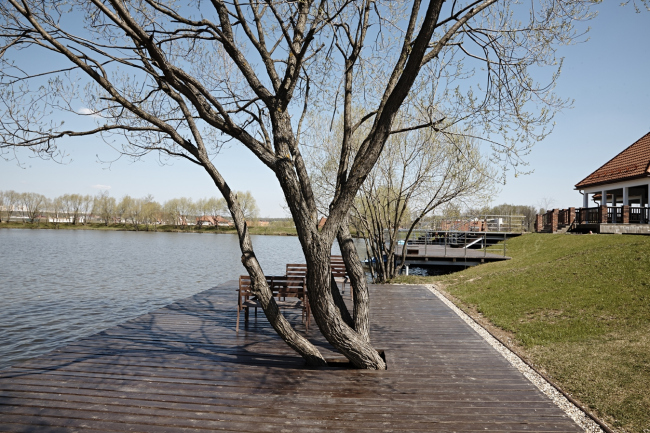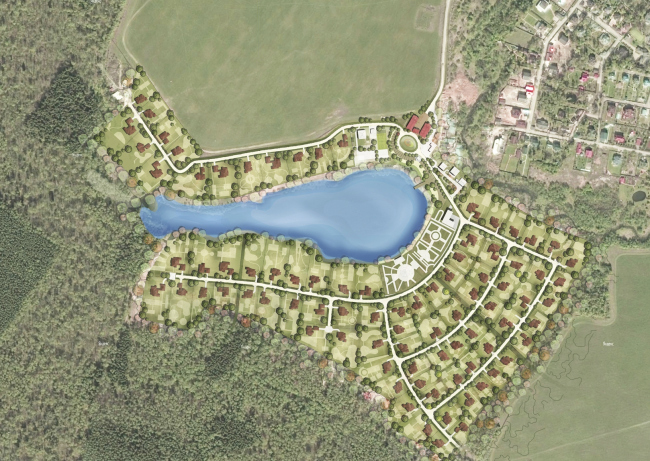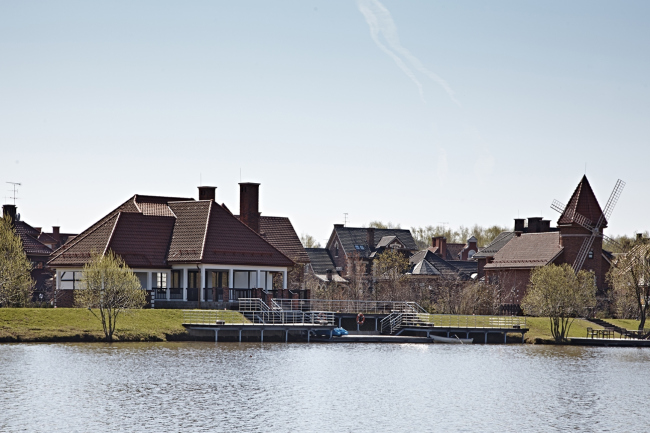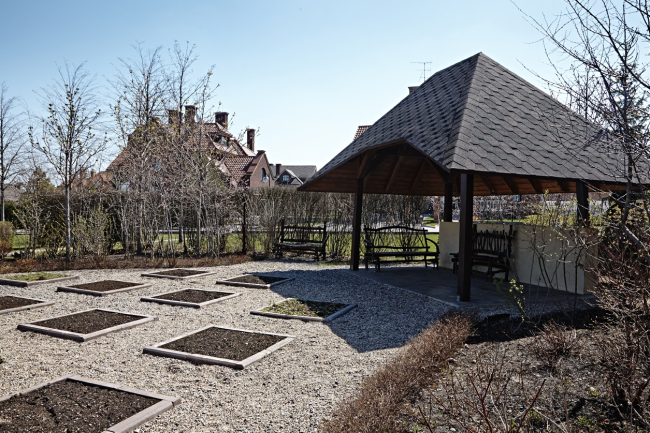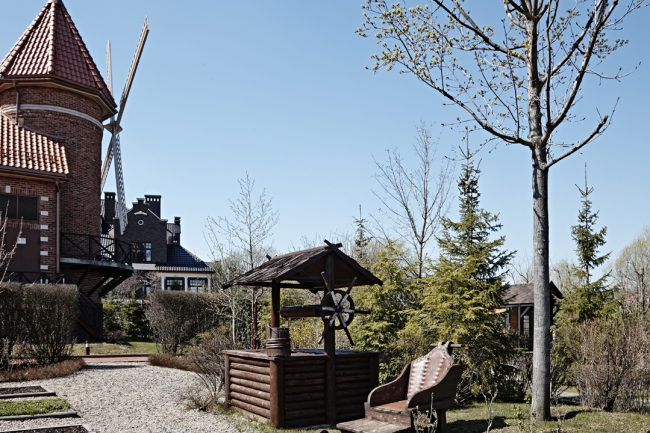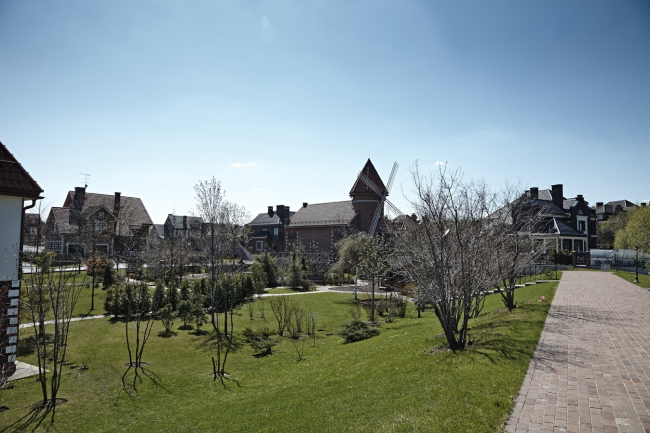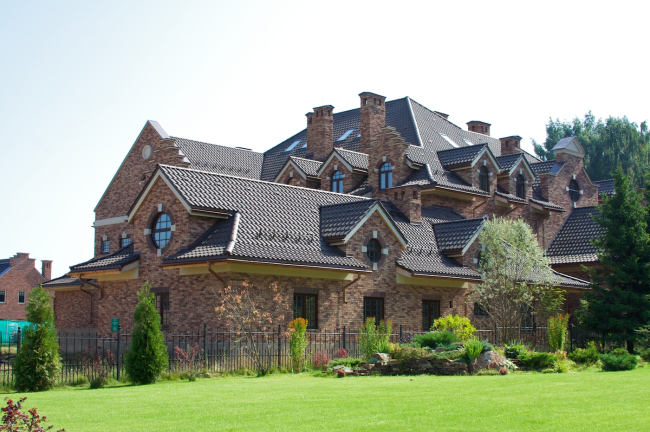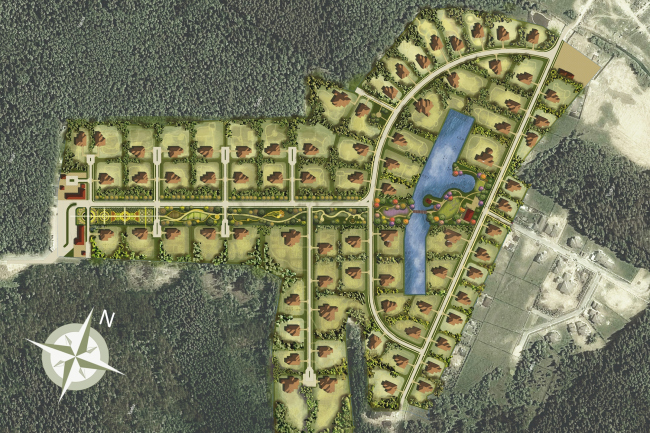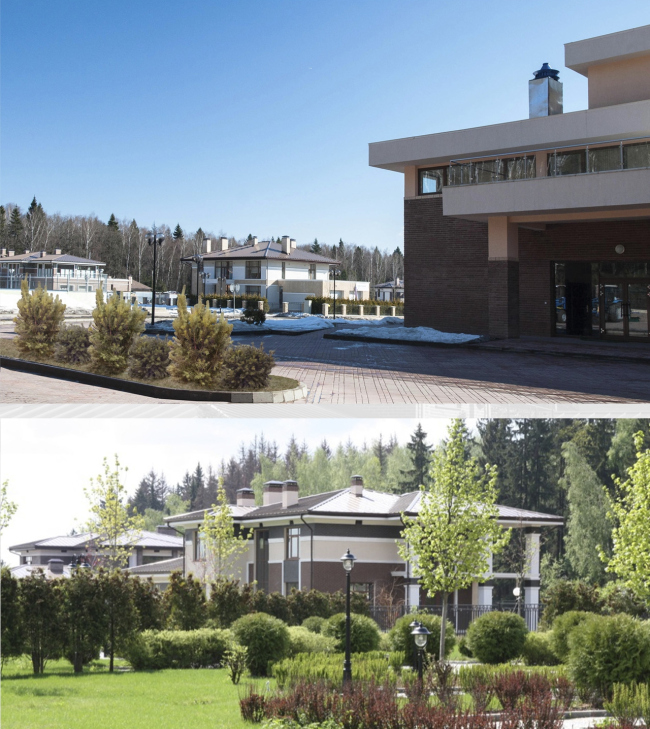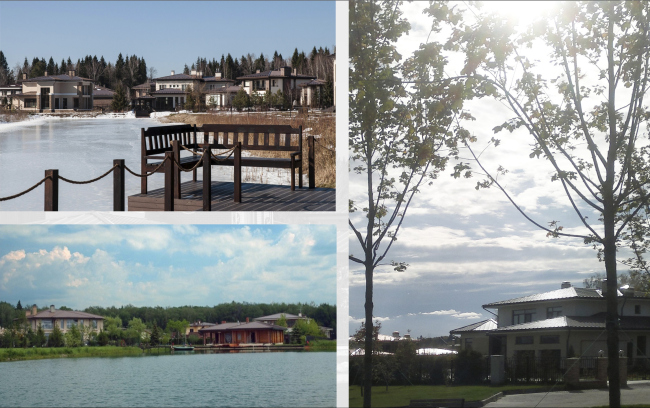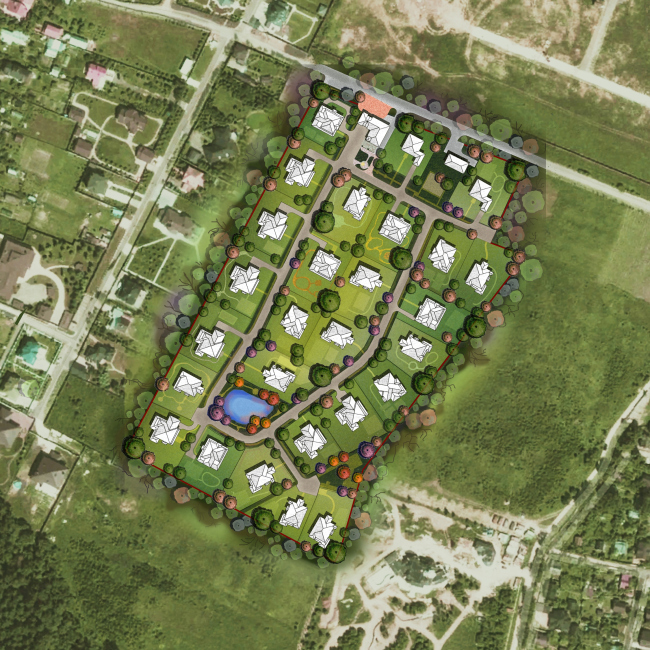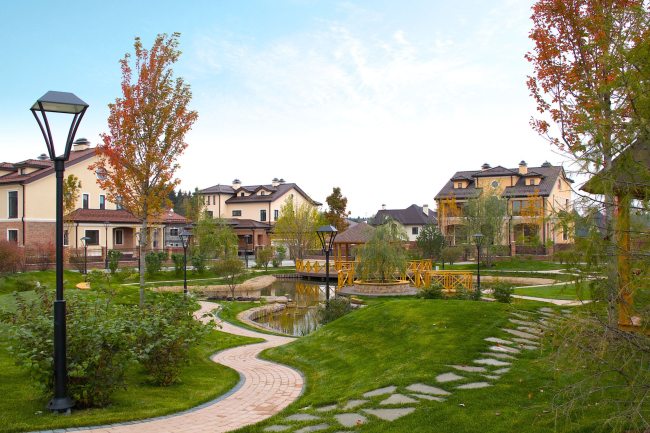|
Published on Archi.ru (https://archi.ru) |
|
| 16.04.2014 | |
|
Parks of Deluxe Class |
|
| Studio: | |
| Arkhstroydesign ASD | |
|
Architect Aleksey Ivanov speaks about the all-but-obsolete format of deluxe villa communities, one of the essential attributes of which was a large-scale landscaped territory. 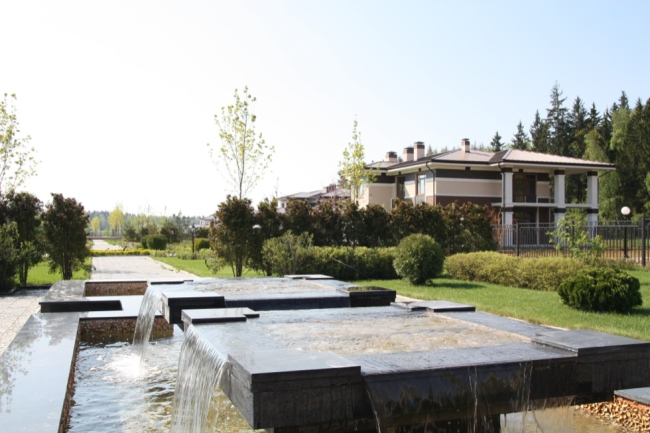 "Count Ponds" Settlement © Arkhstroydesign ASD "Arkhstroydesign" Studio built in the Moscow Region a fairly large number of villa communities and suburban settlements but we take special pride in the projects that we were able to fully implement - not only building a dozen or two houses but creating for the people a comfortable environment to live in, one that is capable of making a statement with its bright and memorable image. Back in the 2000's, such projects were mainly implemented in the deluxe segment. And I think that in many respects the today's fashion of the public spaces is rooted precisely in these expensive settlements - because their investors were the first to realize that comfortable and visually attractive territory around the house was a factor that for the future tenants was almost more important, than the house itself. The well-organized parks, reservoirs with the landscaped embankments, the decorated promenades, and the open-air recreation spaces - all of this initially appeared outside the city, and it is still interesting for me to watch these territories live and develop, deservedly becoming the compositional, and, if you want, ideological centers of these settlements. 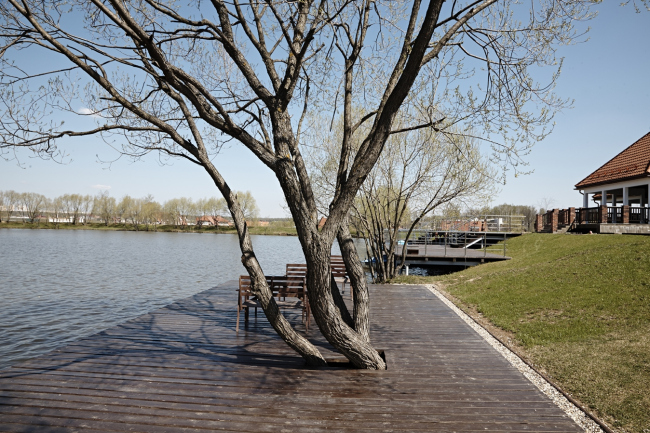 "Belgian Village" Settlement © Arkhstroydesign ASD “Belgian Village”, 12 km along the Kaluga highway, 2005 - 2007, 29 hectaresWe did not have to build "Belgian Village" from scratch. By the time our company got this particular commission, the master plan of the settlement was already developed and approved. Actually, one of our main tasks was giving a "human touch" to the "wire-like" dissection of the master plan. Our customer asked us to pay special attention to the "bald spots" near the reservoir located in the middle of the future settlement - there were, indeed, some strange spots of wasteland, and not one or two, but a whole bunch of them. And, since the stylistic theme of the settlement had been set before we came (the very name of "Belgian Village" speaks for itself), we decided that it would make perfect sense to pick it up and develop it to the fullest in landscaping this territory. The vastness of the territory allowed for making a whole park there; the presence of a few wasteland spots necessitated for making this park a multi-part one - so, we decided that this must be a system of interconnected territories, each of which would have a "national" twist of its own. The way I see it, it was a rather unconventional move: usually, it is the villas that are built in the various national styles - while we went ahead and transferred this generally commercial technique to the housing-free territories. And it seems to me that we ultimately did the right thing. 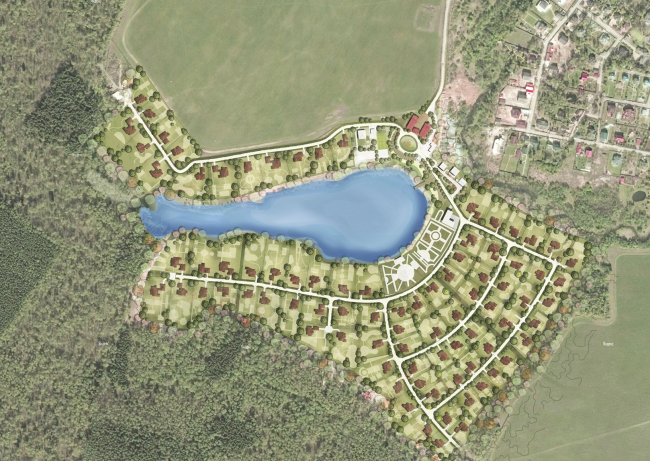 "Belgian Village" Settlement © Arkhstroydesign ASD  "Belgian Village" Settlement © Arkhstroydesign ASD In fact, what we do is we make, in the middle of the settlement, a huge park that we later divide into the theme segments, each of which can be treated as a piece of the jigsaw puzzle, collectively called "Europe". One will find here the English landscape garden, and the "regular" French one, the children's playground, built with Germen accuracy and based on the stories of the Grimm brothers, the picturesque tulip meadow (hail from Netherlands), and a small cozy pub - which is the "visiting card" of Belgium as such. Plus - we properly organized the beach and built a boat-renting station. As for the small infrastructure objects, we stylized them in the "European" spirit - the windmill, the hunter's cabin, and so on.  "Belgian Village" Settlement © Arkhstroydesign ASD  "Belgian Village" Settlement © Arkhstroydesign ASD 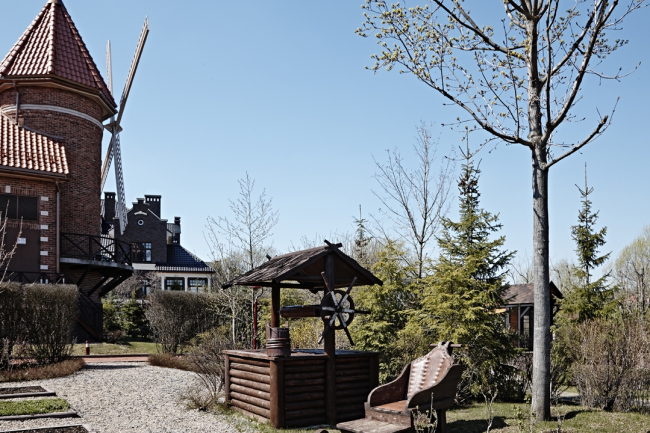 "Belgian Village" Settlement © Arkhstroydesign ASD And, of course, the entrance group - it got a more dramatic solution, a-la Disneyland. We thought this would be appropriate because this is the "outside" facade of the settlement. As for the houses as such - although they do continue the "European" style, they do so in a more reserved manner, simply because there are so many of them, and we did not want to endlessly multiply the all-too-recognizable decoration. So, what we did was limit ourselves to the play of the gables that speaks for itself, and to using the Belgian brick of hand molding. By the way, the settlement “Belgian Village” was twice acknowledged as the best settlement of the Moscow area in the deluxe category, and in 2013 it received the reward of International Property Awards in London. 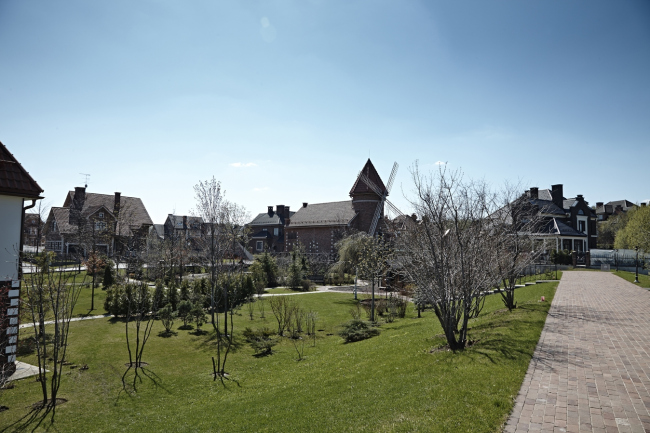 "Belgian Village" Settlement © Arkhstroydesign ASD  "Belgian Village" Settlement © Arkhstroydesign ASD 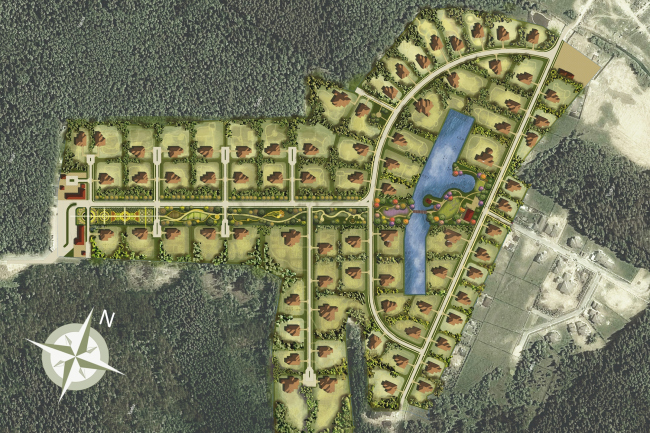 "Count Ponds" Settlement © Arkhstroydesign ASD “Count Ponds”, 21 km along the Kiev highway, 2006-2008, 52 HectaresWe did the project of this settlement from the very start after we won the tender for its architectural concept and master plan. The concept that we proposed was based on the idea of creating an interesting landscape and a public space that would be capable of becoming the centerpiece of the whole settlement. As for the name "Count Ponds", it actually goes back to a small creek that was there in the middle of the land site from the very start - it was this creek that suggested to us the idea of creating here a fully-fledged reservoir with landscaped embankments. The lake with an area of 1.6 hectares got a slightly bent but still strictly geometrically justified shape - together with the esplanade of the park, it forms a peculiar cross, very much like the frame of reference of the entire settlement. And upon this green and blue cross we strung our land sites. Those that are larger are situated along the outer perimeter and they got a direct access to the woodland, while those that are smaller adjoin the park's esplanade - which sort of makes up for the absence of access to the said woodland. 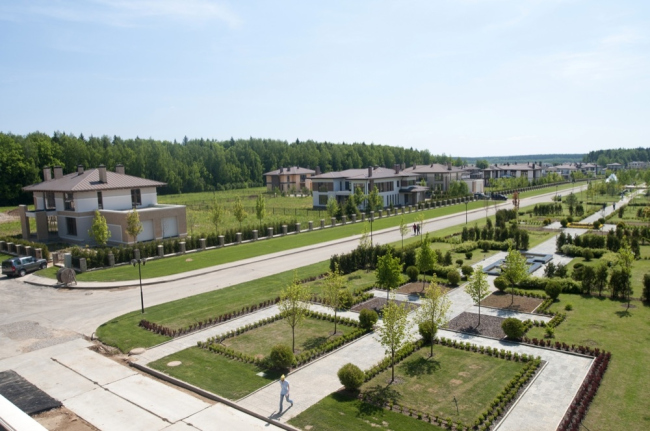 "Count Ponds" Settlement © Arkhstroydesign ASD 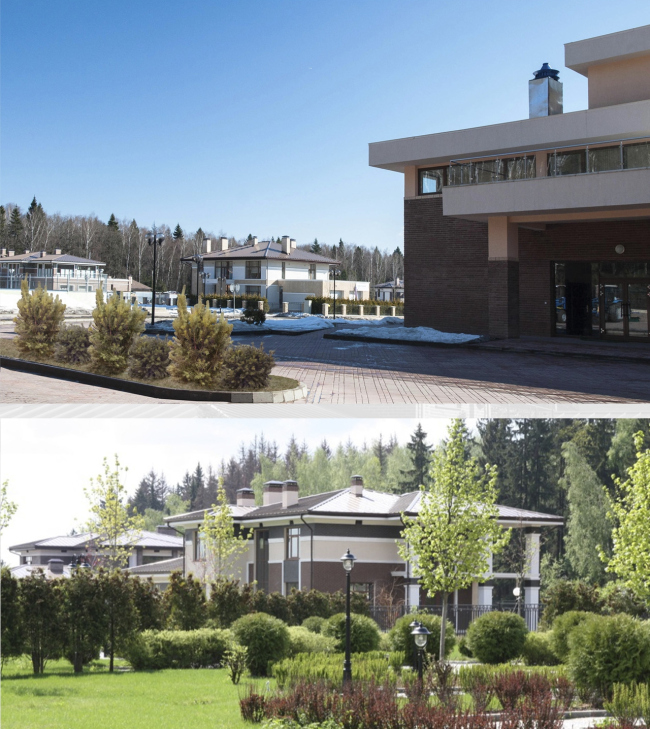 "Count Ponds" Settlement © Arkhstroydesign ASD 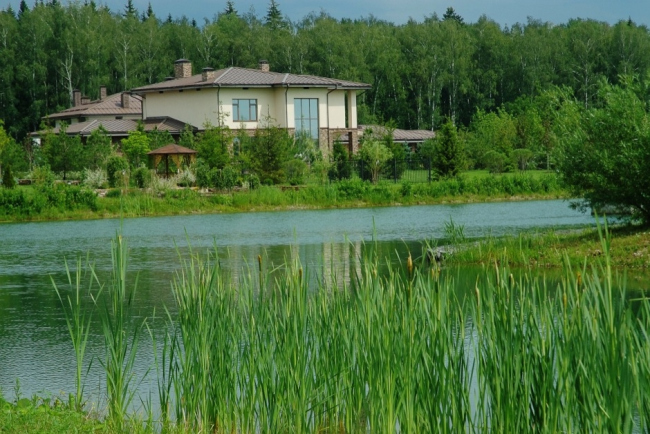 "Count Ponds" Settlement © Arkhstroydesign ASD And although the planning of the public area is based on a rigid structure, from the inside, we tried to fill it in with a sophisticated and diverse pattern. What we did was create some sort of a jigsaw puzzle from the the parks of various "styles". One will find here the Russian garden with apple and prune trees, a French park, and a rock-garden as well. The resulting boulevard is in fact a green stripe 50 meters wide and a whopping kilometer long. Would be such "improper" use of space conceivable today? I don't think so. The "Count Ponds" were lucky, however, and the life of this settlement is concentrated around this multilevel green area, to which we "plugged in" all the social functions. 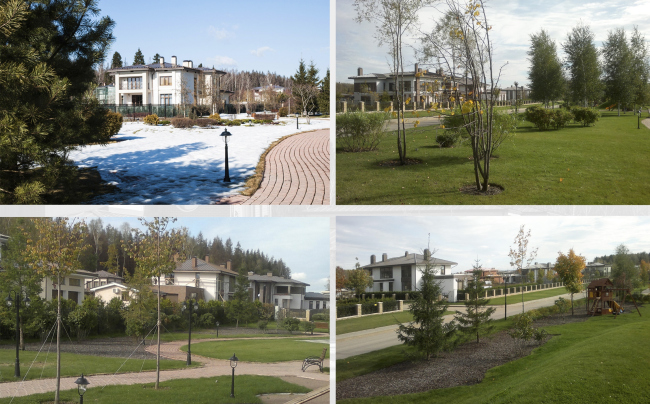 "Count Ponds" Settlement © Arkhstroydesign ASD 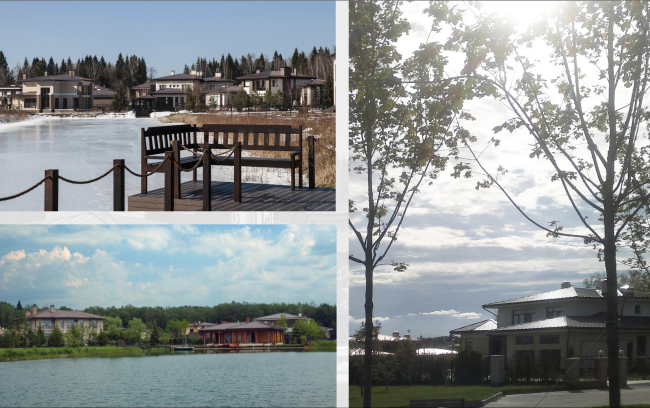 "Count Ponds" Settlement © Arkhstroydesign ASD 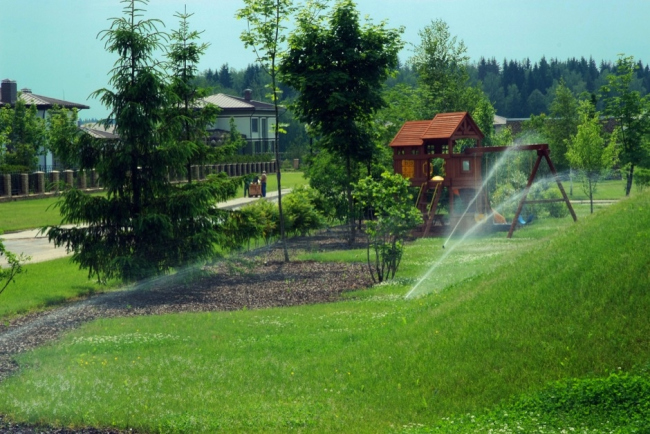 "Count Ponds" Settlement © Arkhstroydesign ASD 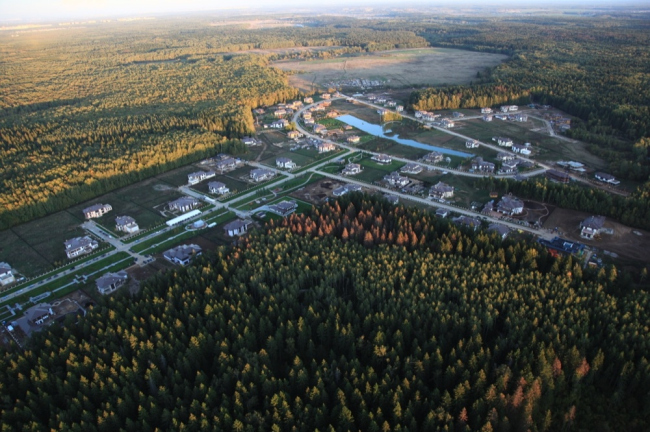 "Count Ponds" Settlement © Arkhstroydesign ASD 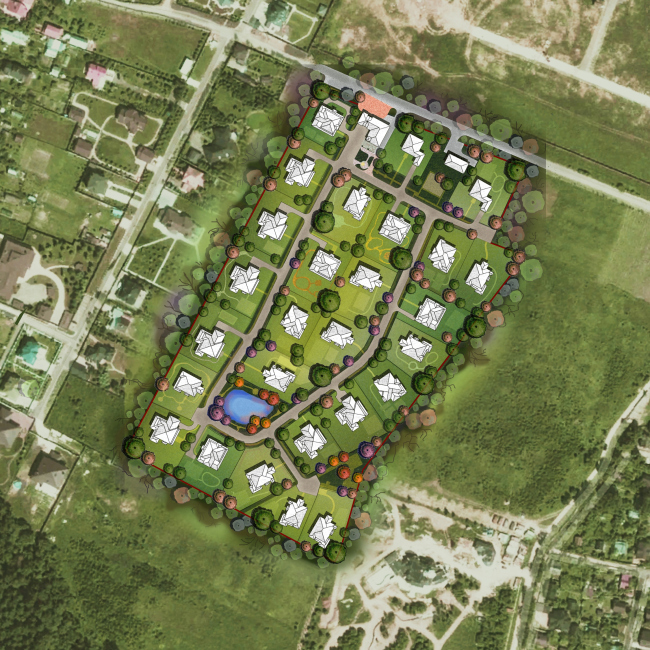 Reconstruction of "Rubin Estate" Settlement © Arkhstroydesign ASD 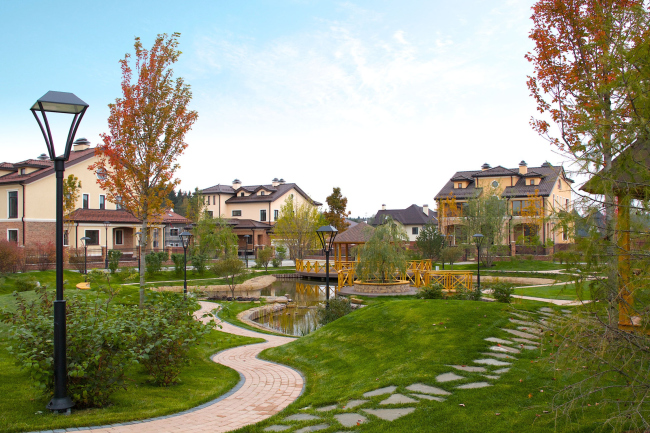 Reconstruction of "Rubin Estate" Settlement © Arkhstroydesign ASD Rubin Estate, 15 km down the Rublevo-Uspenskoe highway, 2011, 6.5 HectaresThis settlement, located 15 kilometers away from Moscow Ring Road down the Rublevo-Uspenskoe Highway, got into the hands of "Arkhstroydesign" almost completed. It had complete roads in it, and the houses were already built up to their roofs. The reconstruction work was already covered by Archi.ru, and now I want to share in greater detail about the organization of the public territories of this settlement. The thing is that originally it was not supposed to have any public territories whatsoever: in fact, the whole settlement was "dissected" into private estates, so even the most basic landscaping was initially out of the question. But, despite the fact that the crisis was already in full swing, we were able to convince the customer that a certain general sense from the point of view of urban planning space settlement is vital: I must admit that in recent years, not all developers are listening to this argument, but in the case of Rubin Estate we persevered and proved the necessity of the park. 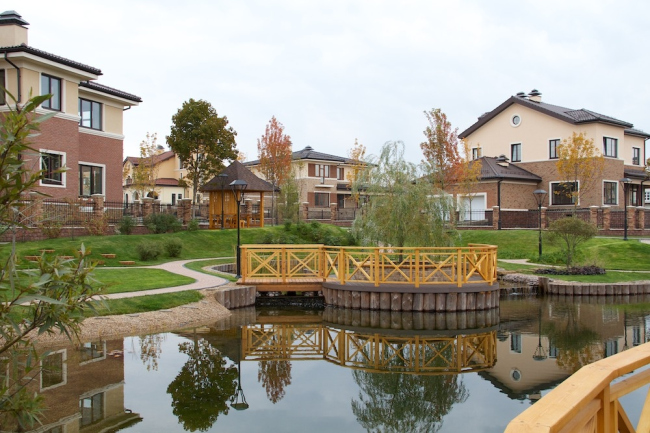 Reconstruction of "Rubin Estate" Settlement © Arkhstroydesign ASD 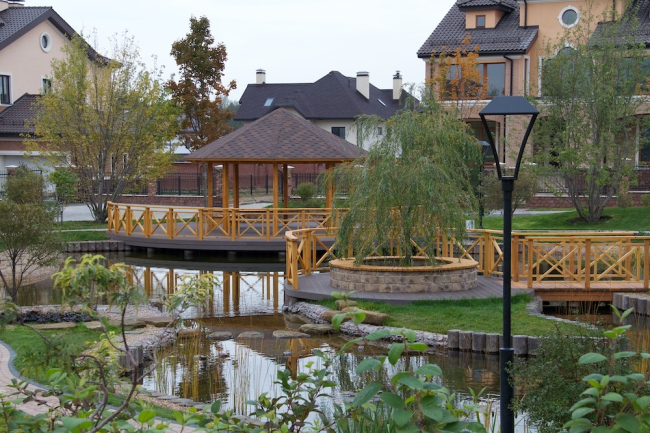 Reconstruction of "Rubin Estate" Settlement © Arkhstroydesign ASD 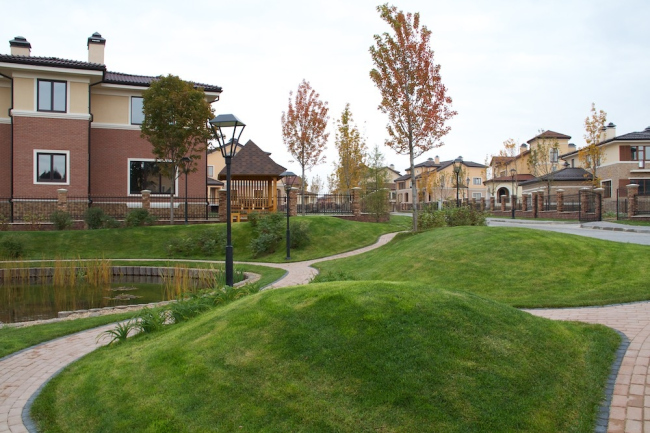 Reconstruction of "Rubin Estate" Settlement © Arkhstroydesign ASD On the plan, the territory of the settlement presents an elongated rectangle, whose central part is framed by the smooth curve of the road on either side of which the estates are situated. We, first of all, corrected the plans of the estates, after giving to them a deliberately different form, which, in the first place, introduced into the panoramas of the settlement some additional variety, and, in the second place, made it possible to free, in the base of the loop, some room sufficient for creating the artificial lake. This small reservoir was put into a casket of walking paths and picturesque bridges. And, even though the lake is located not exactly in the center of the settlement but closer to its further border, i.e. on the broad side of the "triangle", it definitely became the "visiting card" of the settlement, and, more importantly, gave its people an opportunity to go for walks in the fresh air without leaving its confines. This charming mini- park (which we, by the way, made together with of the workshop of topographical design “Arteza”) became in our practice the last experience of the creation of integral public spaces within the confines of out-of-town settlements. At least, for now. Will there ever be a return to such a luxury? For me this question remains open. I think, if expensive settlements still will be built, they will be built in a totally different way. And their public spaces will be different too. And the "villa communities" are still to remain in the past.  NoneNoneNoneNoneNoneNoneNoneNoneNoneNone NoneNone NoneNoneNone None NoneNoneNone None None None |
|
